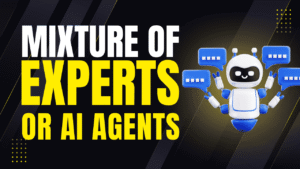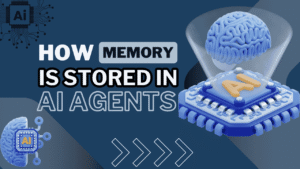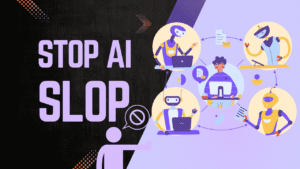In the world of artificial intelligence, measuring progress and performance is crucial. AI agents are used in various fields, from chatbots to self-driving cars, and benchmarking helps us evaluate their effectiveness. But how do we determine whether an AI system is good enough?
Imagine you’re training for a marathon. You’d need a way to track your progress—timing each lap, measuring your stamina, and comparing your performance with others. For artificial intelligence (AI) agents, benchmarking serves a similar purpose. It’s the process of evaluating an AI system’s performance using standardized tests, helping us determine how “smart” it is and where it stands compared to others. Lets explore the fascinating world of AI benchmarking, unpacking its methods, challenges, and significance for the future.
On This Page
Table of Contents
What Does Benchmarking Mean for AI Agents?
Benchmarking in AI refers to the process of evaluating an AI model’s performance against established standards or datasets. Just as we use exams to assess students, benchmarks are like the “tests” that measure how well an AI agent performs a given task.
For instance, consider an AI that translates languages. How do we know if it’s doing a good job? By comparing its translations with human-generated reference texts on predefined datasets, we can assign it a score. This score helps developers gauge its accuracy and efficiency.
Key Takeaways:
- Benchmarking provides a common ground for comparison.
- It ensures AI models are evaluated consistently across diverse applications.
Types of Benchmarks in AI
Not all benchmarks are created equal. Depending on the AI’s purpose, benchmarks vary in design and scope. Let’s explore the two major types:
1. Task-Specific Benchmarks
These benchmarks focus on a particular task or domain, such as:
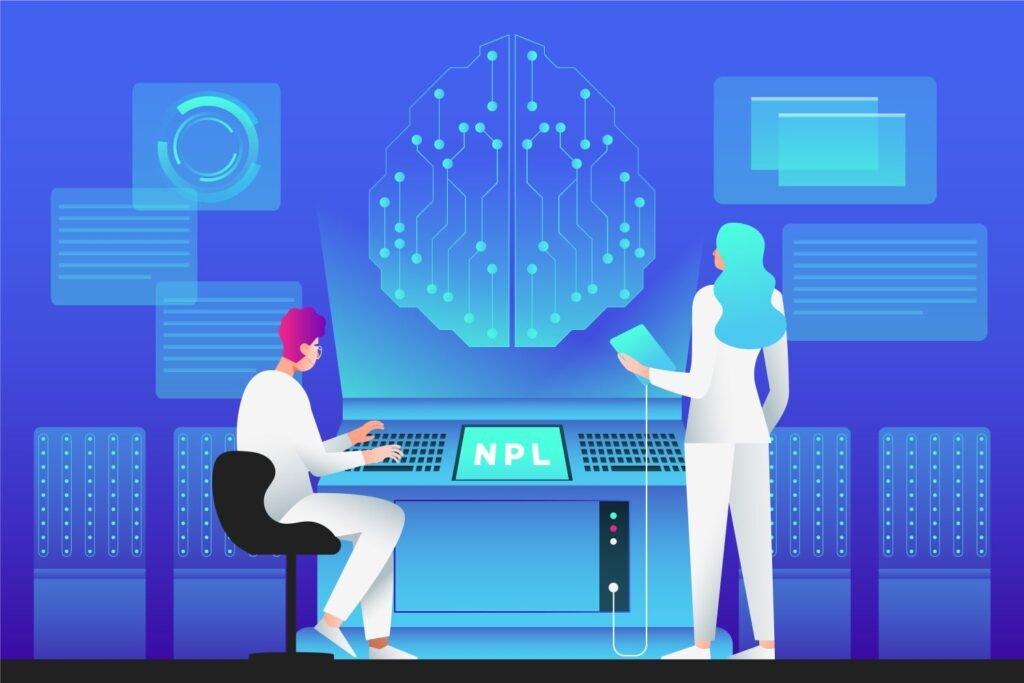
- Natural Language Processing (NLP): Benchmarks like GLUE and SuperGLUE test tasks such as sentiment analysis, question answering, and summarization.
- Computer Vision: ImageNet evaluates object recognition capabilities by challenging AI models to correctly label thousands of images.
- Robotics: Benchmarks in robotics often involve real-world tasks, like grasping objects or navigating through obstacles.
2. General-Purpose Benchmarks
These aim to evaluate an AI’s performance across multiple domains to test its general intelligence. A notable example is AGI’s (Artificial General Intelligence) evaluation, which looks at:
- Reasoning abilities.
- Adaptability to unseen tasks.
- Multimodal capabilities (e.g., combining vision and language).
| Benchmark Type | Examples | Purpose |
|---|---|---|
| Task-Specific | GLUE, ImageNet | Assess specific tasks like translation or image recognition. |
| General-Purpose | AGI Tests, Turing Test | Measure overall adaptability and reasoning. |
Common Metrics Used in AI Benchmarking
To measure success, AI benchmarks rely on well-defined metrics. Let’s break down the most common ones:
1. Accuracy
How often does the AI provide the correct output? For example, in spam detection, accuracy measures the percentage of emails correctly classified as spam or not spam.
2. Precision and Recall
- Precision: Out of all positive predictions, how many were correct?
- Recall: Out of all actual positives, how many did the model identify?
For a medical diagnostic AI, high precision ensures fewer false alarms, while high recall minimizes missed diagnoses.
| Metric | Formula | Use Case |
|---|---|---|
| Accuracy | (Correct Predictions / Total Predictions) | General performance evaluation. |
| Precision | (True Positives / Predicted Positives) | Reducing false positives. |
| Recall | (True Positives / Actual Positives) | Minimizing false negatives. |
3. Latency and Efficiency
How fast and efficiently can the AI perform its task? In real-time applications like autonomous driving, low latency can be a matter of life and death.
4. Robustness and Fairness
- Robustness: Can the AI handle noisy or adversarial inputs?
- Fairness: Does it avoid biases and treat all user groups equitably?
Popular AI Benchmarks and Datasets
Benchmarks are only as good as the datasets they’re built on. Here are some iconic datasets shaping the AI landscape:
1. ImageNet
This dataset contains over 14 million labeled images spanning thousands of categories. It’s the gold standard for evaluating computer vision models.
2. GLUE and SuperGLUE
These benchmarks test NLP models on tasks like:
- Text entailment: Does sentence B logically follow from sentence A?
- Sentiment analysis: Is the tone positive, negative, or neutral?
3. COCO (Common Objects in Context)
Used for object detection, segmentation, and captioning, COCO challenges AI to interpret images with real-world complexity.
| Dataset | Application | Key Insight |
|---|---|---|
| ImageNet | Object Recognition | Critical for computer vision breakthroughs. |
| GLUE | NLP Tasks | Pushes state-of-the-art language understanding. |
| COCO | Vision + Context | Emphasizes real-world object relationships. |
Challenges in AI Benchmarking
While benchmarks are essential, they’re far from perfect. Let’s delve into the hurdles:
1. Bias in Datasets
Benchmarks can unintentionally favor certain demographics, leading to biased AI models. For example:
- Facial recognition systems trained on datasets lacking diversity often misidentify people of color.
2. Overfitting to Benchmarks
AI models can become “test-takers,” optimizing for specific benchmarks without generalizing to real-world tasks.
3. The Evolving Nature of AI Tasks
AI capabilities are advancing rapidly. Benchmarks that are cutting-edge today may become obsolete tomorrow, requiring continuous updates.
The Role of Competitions in Benchmarking
Competitions have become a driving force behind AI innovation. Platforms like Kaggle and events like the ImageNet Challenge encourage researchers to push the limits of performance.
Example: AlphaGo vs. World Champions
DeepMind’s AlphaGo famously benchmarked its abilities by competing against human champions in the game of Go. This real-world competition showcased not just the model’s skill but its ability to innovate and adapt.
Future Trends in AI Benchmarking
As AI grows more sophisticated, benchmarks must evolve. Here are some emerging trends:
1. Multimodal AI Testing
New benchmarks are combining vision, language, and reasoning tasks. For example, Visual Question Answering (VQA) requires models to analyze an image and answer related questions.
2. Evaluating Explainability
Users and regulators demand that AI decisions be transparent. Future benchmarks will likely measure how well models explain their outputs.
3. Ethical AI Standards
Benchmarks will increasingly prioritize fairness, reducing biases, and ensuring inclusivity.
WrapUP
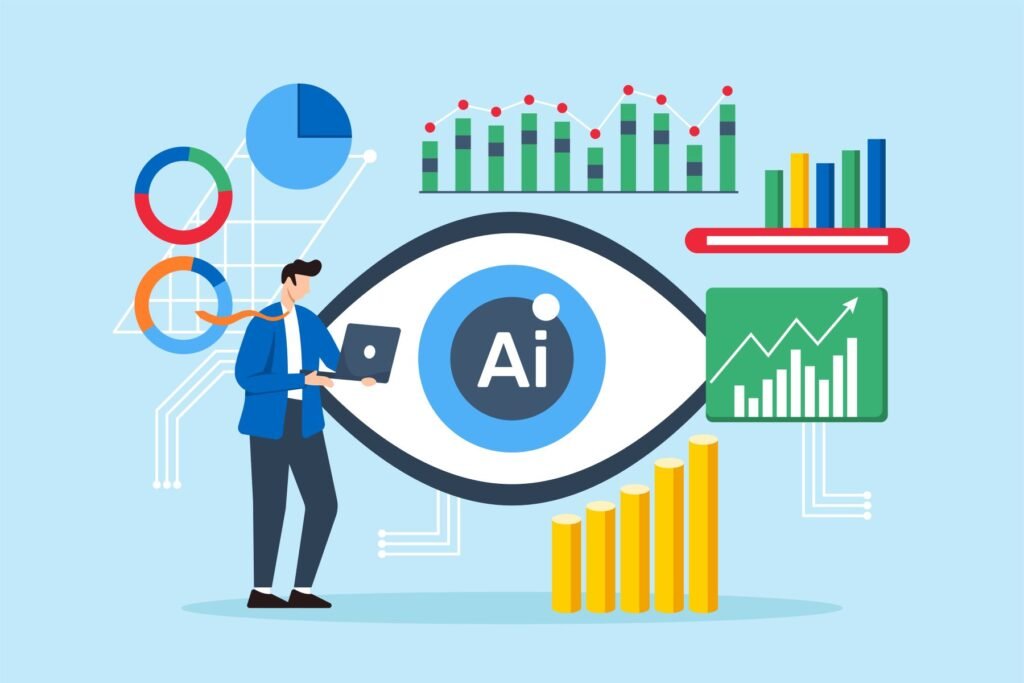
AI benchmarking is a cornerstone of progress in artificial intelligence, guiding us toward smarter, more reliable systems. However, as AI’s capabilities expand, our evaluation methods must keep pace. From measuring precision and recall to tackling biases and ethical challenges, benchmarking is about much more than assigning scores—it’s about shaping the future of intelligence.
FAQs
What is AI benchmarking?
AI benchmarking is the process of evaluating AI systems by testing their performance against standardized datasets or tasks to measure effectiveness and compare with others.
Why is benchmarking important for AI development?
It ensures consistency in evaluations, highlights strengths and weaknesses, and drives innovation by setting performance standards.
What are the different types of benchmarks in AI?
Task-specific benchmarks: Focus on specific domains like image recognition or language translation.
General-purpose benchmarks: Test adaptability and reasoning across multiple tasks.
How do benchmarks help in real-world applications?
By simulating tasks AI will perform, benchmarks predict real-world performance, ensuring reliability in critical areas like healthcare or autonomous driving.
What challenges does AI benchmarking face?
— Bias in datasets.
— Overfitting to specific benchmarks.
— Keeping up with rapidly advancing AI capabilities.
What are some famous AI benchmarks?
— ImageNet for computer vision.
— GLUE and SuperGLUE for NLP.
— COCO for object detection and segmentation.
What trends are shaping the future of AI benchmarking?
Multimodal benchmarks combining vision, language, and reasoning.
Ethical AI standards focusing on fairness and inclusivity.
Benchmarks for explainability and transparency.
How often are AI benchmarks updated?
Benchmarks are periodically updated to include new tasks and datasets, keeping pace with advancements in AI research and applications.
Can benchmarks predict real-world AI performance?
While benchmarks simulate real-world scenarios, there can be gaps. Real-world testing remains crucial for validation.
What is overfitting to benchmarks, and why is it a concern?
Overfitting happens when AI models optimize performance solely for specific benchmarks but struggle with unseen tasks, limiting generalizability.
Are there benchmarks for ethical AI?
Yes, emerging benchmarks focus on fairness, transparency, and inclusivity to ensure AI systems align with ethical standards.
How do competitions drive AI benchmarking?
Competitions like Kaggle challenges and the ImageNet contest push researchers to innovate, often leading to new benchmarks and state-of-the-art models.

